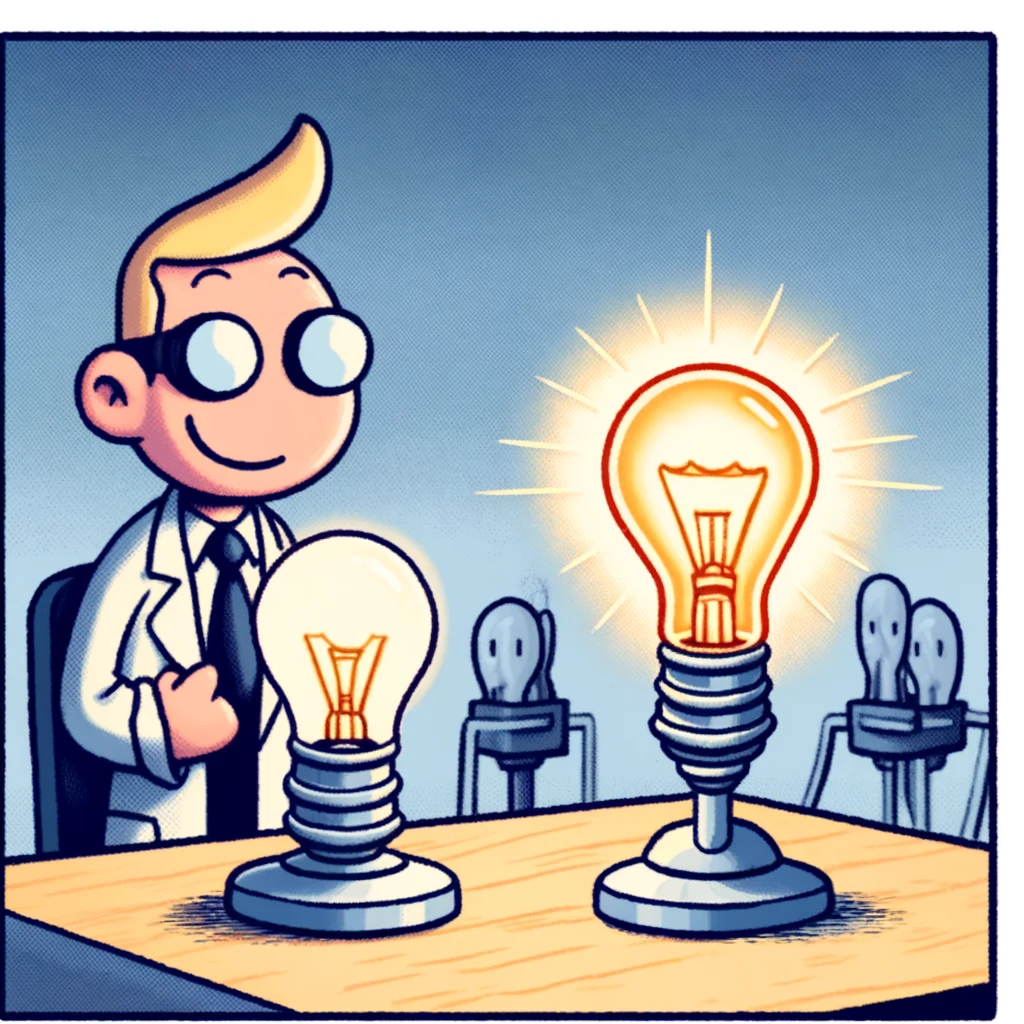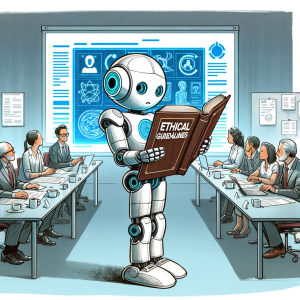
Familiar Innovation? Insights from the Front Lines of Idea Evaluation
In the dynamic landscape of innovation, the battle between the allure of the known and the appeal of the novel plays out continuously. A recent study sheds light on this intriguing tug-of-war, revealing how familiarity significantly influences the evaluation of new ideas within organizations. This revelation not only enriches our understanding of decision-making processes but also offers practical advice for fostering true innovation.
The Fascinating Case of Felix Hoffman: A Prelude to Innovation Studies
The story begins in 1897 in Bayer’s laboratories in Germany, where chemist Felix Hoffman synthesized acetylsalicylic acid (now known as Aspirin) and diacetylmorphine (later branded as Heroin). The decision to prioritize Heroin over Aspirin by the lab leader, Heinrich Dreser, due to familiarity with morphine derivatives, sets a historical precedent for the challenges modern organizations face in idea evaluation.
The Role of Digital Crowdsourcing in Modern Idea Generation
With digital advancements, organizations can now tap into crowdsourcing to generate a plethora of ideas. However, this abundance creates a new challenge: selecting the most promising ideas while avoiding the pitfalls of cognitive biases. Evaluators often resort to mental shortcuts, inherently skewing the decision-making process toward ideas that feel familiar, despite potentially overlooking more innovative or suitable alternatives.
The Psychological Underpinnings of Familiarity in Idea Evaluation
The study explores the psychological aspects of familiarity, leveraging the well-documented ‘mere exposure effect.’ This phenomenon suggests that repeated exposure to an idea increases likability and acceptance, a principle that appears to hold true even in the sophisticated arena of idea evaluation in organizations. The research demonstrates that ideas previously encountered are often rated more favorably than their novel counterparts, regardless of their intrinsic value.
Implications and Strategies for Innovation
This bias towards familiar ideas can stifle innovation, as it may prevent truly novel ideas from being recognized and developed. To combat this, the study suggests several strategies:
- Diversifying Evaluation Panels: Including a broader range of perspectives can diminish individual biases towards familiar ideas.
- Encouraging Job Rotation: Exposing decision-makers to different parts of an organization can reduce their inherent preference for familiar ideas.
- Utilizing Distributed Idea Evaluation Techniques: Techniques such as internal crowdfunding might help balance out familiarity biases across different evaluators.
Conclusion: Embracing the Unfamiliar for Breakthrough Innovation
The findings underscore the importance of recognizing and actively managing familiarity biases within idea evaluation processes. For organizations aiming at breakthrough innovations, it becomes crucial to develop mechanisms that help evaluators transcend their comfort zones, embracing the unfamiliar with as much openness as they typically reserve for the tried and tested.
Engage with Us!
Did you find these insights enlightening? Do you see ways your organization might be falling into the familiarity trap? Share your thoughts and experiences in the comments below—we’d love to hear how you or your organization manage the delicate balance between novelty and familiarity in innovation
Unlock the Secrets of Science:
Get ready to unlock the secrets of science with ‘This Week in Science’! Our newsletter, designed specifically for educators and science aficionados, delivers a weekly digest of revolutionary research, innovative discoveries, and motivational tales from the scientific frontier. Subscribing is your key to a treasure trove of insights that can revolutionize your approach to teaching and learning science. Sign up today at no cost and start a journey that deepens your understanding and passion for science.
About the Author
Jon Scaccia, with a Ph.D. in clinical-community psychology and a research fellowship at the US Department of Health and Human Services with expertise in public health systems and quality programs. He specializes in implementing innovative, data-informed strategies to enhance community health and development. Jon helped develop the R=MC² readiness model, which aids organizations in effectively navigating change.



